E85 Boondoggle of the Day: MN Auditor: "Stop the Subsidies"
It’s been a while since we’ve run an E85 BOTD. The big news on the corn-for-fuel front: the E85 lobby is pressuring the Environmental Protection Agency (EPA) to allow states to raise the minimum required amount of ethanol from 10 to 15 percent. For some reason, Agweek seems to think ethanol producers haven’t yet hit “the blend wall”: the point at which there’s more ethanol than demand. (The fact huge swaths of the food-for-fuel industry have gone bust may have provided a clue). But at least they acknowledge the Everest ahead. “Many environmental and consumer groups and small engine and car manufacturers are concerned that the increased blend rate might damage pollution control equipment, reduce air quality, and undermine vehicle and equipment performance and warranties. The EPA and Department of Energy are currently testing the effects of higher blend rates on engine performance and emissions.” We’ll keep an eye on that one. Meanwhile, the Minnesota Auditor’s office has had a look at the state’s $93 million worth of ethanol subsidies and asked the logical question WTF is that all about?
At a time of crushing state budget deficits, the $44 million expected to be spent on the program through 2012 could be redirected to other uses, according to the report.
“Legislators should look carefully at this program in light of the current budget deficit and the state’s goals of reducing energy consumption and greenhouse gas emissions,” the report states.
But can be ignored.
Legislative audits are strictly advisory and legislators are not bound to follow their recommendations.
In fact, will be.
In a letter sent to the auditor’s office last week, Agriculture Secretary Gene Hugoson pushed back against the recommendation to end the subsidy because of the “profoundly positive impact” the ethanol industry has had on the state’s economy.
In 2007, he wrote, the industry’s economic impact on the state totaled $2.27 billion, employing 4,300 Minnesotans.
Huh?
However, the auditor’s report said the subsidies represent only slightly more than 1 percent of the industry’s sales and that producers earned profits of $619 million during the past five years.
What?
The report also said the state should give tax breaks to ethanol plants only if they need it and are able to offer energy and environmental benefits. In the past, it said, the state has used incentives through its Job Opportunity Building Zone program for ethanol plants that might not have needed it.
Holy corn ears, Batman! Is that a bushel of misleading stats or what? In truth, bottom line, without taxpayers footing the bill, there wouldn’t BE an ethanol industry in Minnesota or anywhere else, for that matter. Oh well, it’s nice to see someone in government stand up to special interests, even if he is brushed aside.
More by Robert Farago
Latest Car Reviews
Read moreLatest Product Reviews
Read moreRecent Comments
- MKizzy I was only into black cars and am on my third black sedan in a row after starting my car ownership life with an inherited blue vehicle. I am starting to change my mindset and will (probably) find another color for my next vehicle. I still love black, but in the 2020s, black vehicles are lost in a grayscale sea piloted by time and financially stressed owners prioritizing resale value and low maintenance over appearance.
- Cla65691460 will you look at that!...no "fix it again tony" jokes from the "best and brightest"
- Mike-NB2 When I ordered my Golf R a while back, I broke with my decades-long tradition of a black car, not because I wanted to branch out a bit, but because there is a certain blue hue that's associated with the R. That blue (Lapiz Blue) is through the exterior trim and interior of the car even if you go with black or white. It's the colour for the R. That's why I chose it. And I'm glad I did.On a related note, I was coming back from a meeting today (in a rental, not my car, so couldn't flag the guy down without looking odd) and came up on a Mk 7 Golf R that was driving rather slowly in the right lane of the highway. It appeared to be black, but as I got beside it, I noticed that it was one of the dark purple hues on the Spektrum palette that was available on the Mk 7. For those who don't remember it, there were standard colours and then there were 40 additional colours for $3500 more. Oddly, the driver was in his 70s, so whether it was his car or not, I don't know. No, that's no slight against an older person driving a performance car. I'll be 58 in a couple of months, so I'm not going to criticize him.
- MrIcky My car is header orange - so basically a safety cone. My trucks have always been white because scratches don't show up as much.
- FreedMike Yeah, this trend needs to die a painful death.



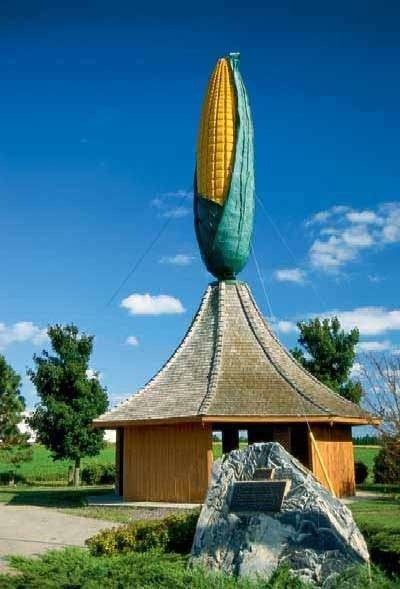















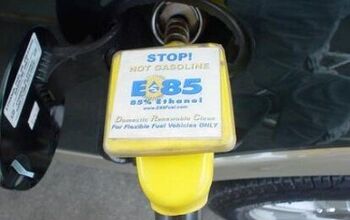


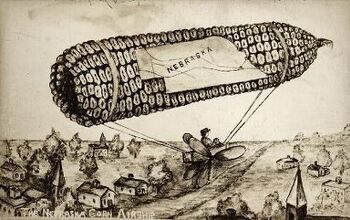
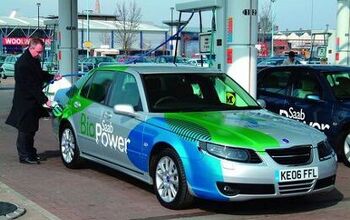




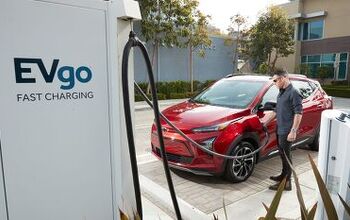


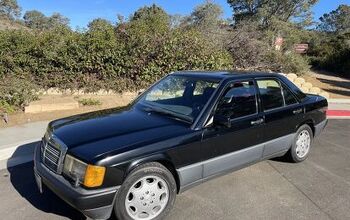

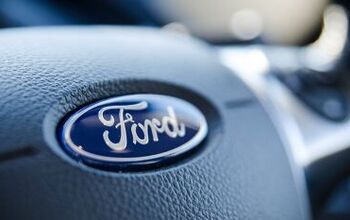
Comments
Join the conversation
Hi Engineer, I'm sure I read that CWT had been working on the other processes; certainly they boasted about them (but admittedly you are absolutely right that the only process they managed to get into full scale production in Missouri, was using offal from a turkey processing plant). When they set up their plant next to the Butter Ball turkey processing facility, it was apparently with the UNDERSTANDING that since Butter Ball had hitherto had to PAY to have the offal taken away to a landfill, that CWT would get the offal for "free" to save Butter Ball money. Instead, once they got the plant built, Butter Ball had them by the B*lls and demanded money for the offal.... or so I read. Even so, the process did work, though they did have problems with odor, I also read (and had been working diligently to solve that). I'd read that the outgoing liquid fuel was more or less the same as very clean home heating oil, and therefore could have been made into diesel fuel easily (and I presume, also cracked to make gasoline?). I'd also read that CWT had sold a license to a company in Eire? Perhaps that didn't pan out. I had high hopes to see large scale production of synthetic oil/fuels and plastics from garbage, sewage and offal. This depression/recession is having more costs every day... I kind of took exception to you comment that the CWT people "were blaming everyone but themselves" because it makes it seem that they're being lame about it - I didn't see that in the article you referenced. I see the facts that a lot of IPO's have gone by the wayside. Good gawd, I just thought. Watch the Chinese come and buy the company for pennies on the dollar, then go away and refuse to license the technology...
Menno, You are right about CWT getting shafted by Butterball: the way Appel once described it, they assumed Mad Cow Disease would lead USDA to outlaw the disgusting practice of feeding farm animals (the bits we don't eat) to farm animals. I guess CWT didn't understand farm state politics. They have learned a lot in that regard. But that is only one issue: it does not explain away the entire difference between the projected $15/bbl and the actual $80/bbl, it at best accounts for $30/bbl of the difference. The rest of the difference is due to shoddy engineering, in other words they got both the mass and energy balances wrong. In particular, the 85% efficiency claim is patently ridiculous. BTW, the lipids->hydrocarbon claim comes from CWT themselves, if you care to wade through this presentation. See slide #19 for the short explanation. The waste plastic (automotive shredder residue -> fuel) system was never tested on large scale, as far as I know. One would think if it was feasible somebody would have implemented it by now. Maybe we just don't produce enough plastic waste. The odor issue was never resolved, as far as I can tell. Slides #32 thru #34 and #37 suggests why: parking turkey offal in the sun, open to the surroundings is something only someone unfamiliar with waste disposal or wastewater would do. My conclusion is that CWT was started with all the right intensions, but that these guys did not include people with the right backgrounds (waste disposal) or skills (engineering) to allow them to build a properly functioning alpha plant, or better yet, a demonstration scale plant that would have highlighted among others the odor issue. More troubling is that CWT keeps perpetuating their original claims (85% efficient!), leading me to believe they are either grossly incompetent (like MBAs in charge of a car company) or willfully dishonest. As time goes by, it is harder and harder to believe it is mere incompetence. But have no fear. Waste to fuel will survive. Most likely in a gasification system of one sort or another.